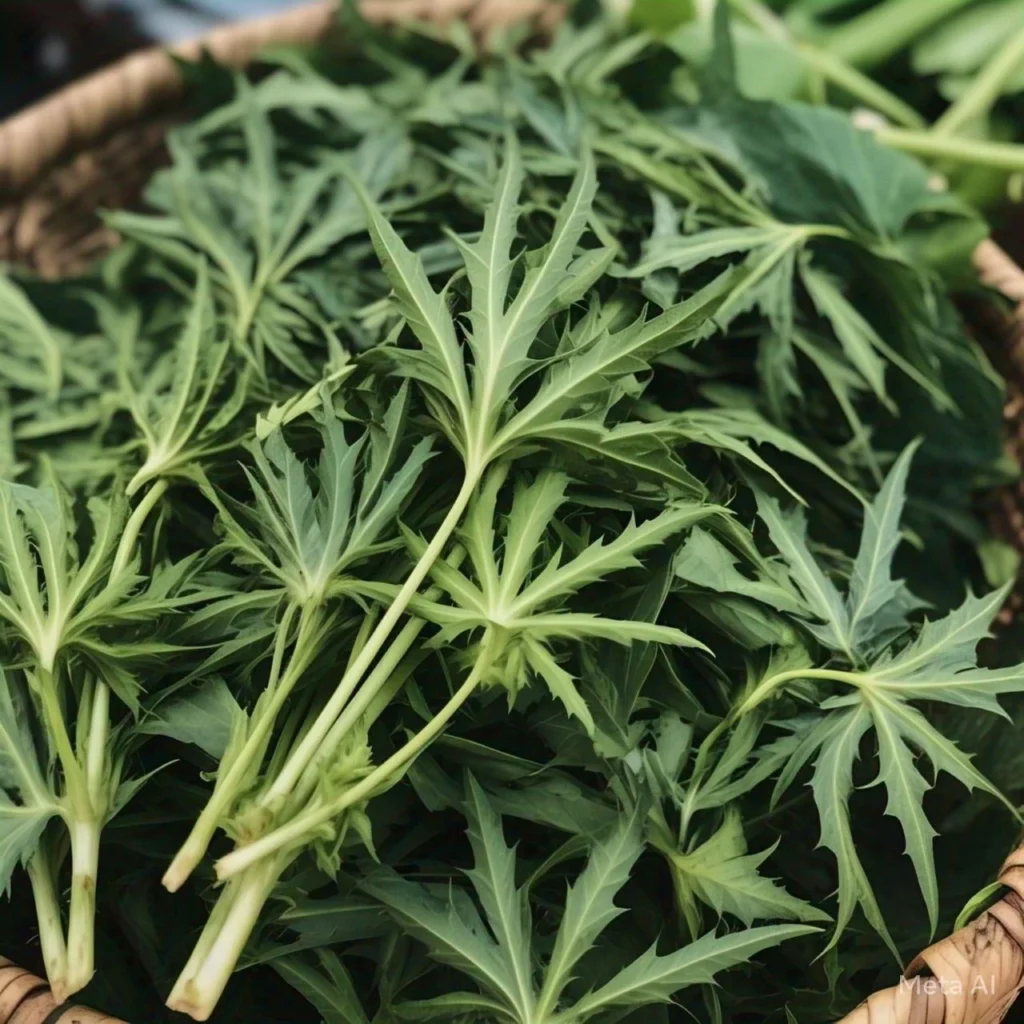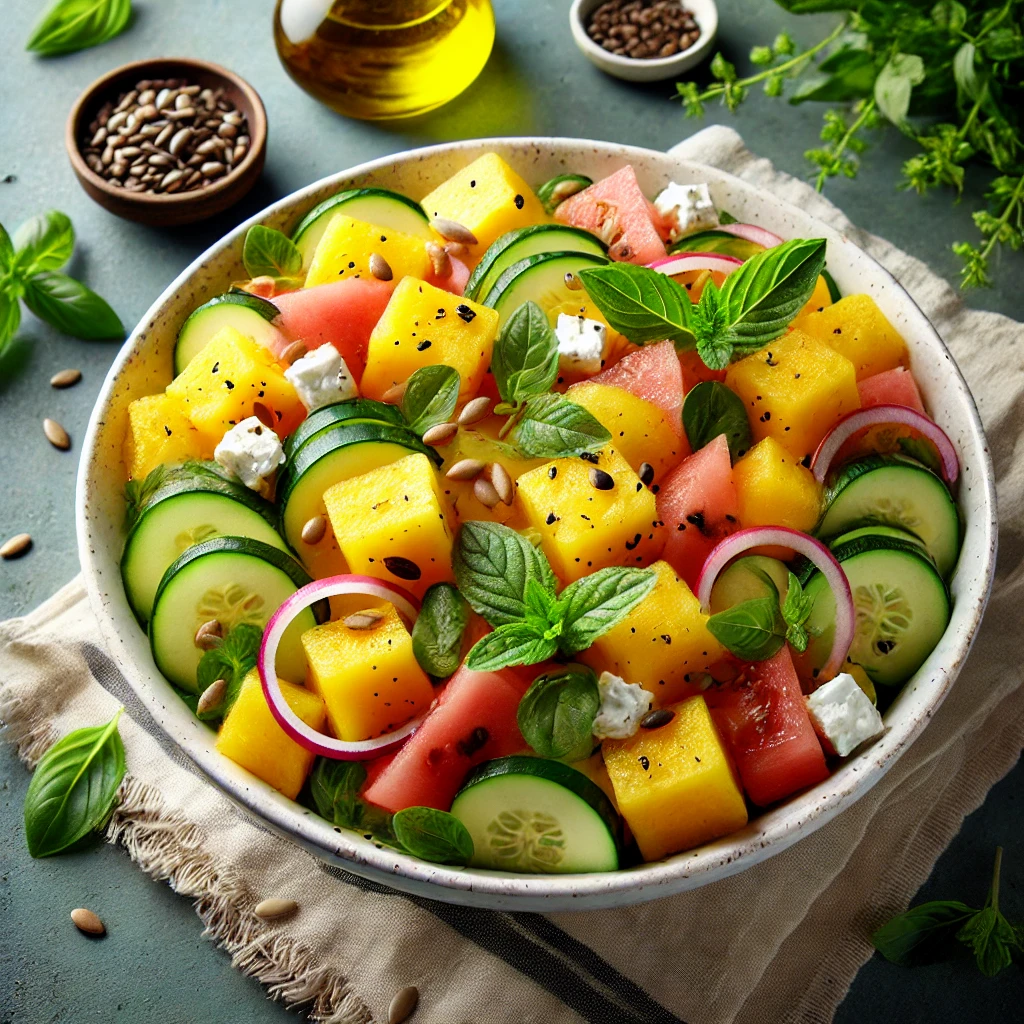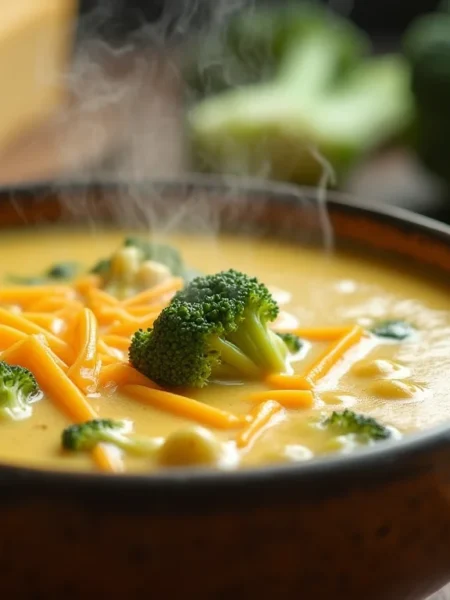Vietnamese Pho with Culantro: A Flavorful Culinary Journey
 View Gallery 3 photos
View Gallery 3 photos Vietnamese Pho with Culantro: A Flavorful Culinary Journey
Description
Vietnamese Pho with Culantro: A Savory Taste of Tradition

Pho is more than just a dish; it's a culinary embodiment of Vietnamese history, culture, and resilience. Originating in the early 20th century in northern Vietnam, particularly around Hanoi, pho emerged as a harmonious blend of local traditions and foreign influences.
The French colonial period introduced a demand for beef, a meat previously uncommon in Vietnamese cuisine, leading local cooks to innovate and create a beef-based noodle soup that catered to both local and foreign palates. This fusion resulted in the aromatic and flavorful broth that defines pho today.
Traditionally, pho was sold by street vendors who carried mobile kitchens on poles, known as "gánh phở." These vendors would traverse the streets, serving hot bowls of pho to workers and passersby, making it an accessible meal for all. The dish's popularity soared, and it became a staple in Vietnamese households and eateries.
The inclusion of herbs like culantro (ngò gai) not only enhances the broth's depth but also reflects the Vietnamese emphasis on fresh, vibrant flavors and the medicinal properties of herbs.
In the aftermath of the Vietnam War, the Vietnamese diaspora introduced pho to the world. As refugees settled in different countries, they brought their culinary traditions with them, leading to the global proliferation of pho restaurants.
Today, pho is celebrated worldwide, with variations that adapt to local tastes while honoring its authentic roots. The dish's journey from the streets of Hanoi to international acclaim underscores its significance as a symbol of Vietnamese identity and cultural exchange.

Preparing pho is often considered an art form, requiring patience and attention to detail. The process involves simmering beef bones for hours to extract a rich, clear broth, charring aromatics like onion and ginger to impart a smoky sweetness, and toasting spices such as star anise and cinnamon to infuse the broth with warmth.
Each step contributes to the complex yet harmonious flavor profile that pho is renowned for.
Serving pho is a personalized experience. Diners are presented with a bowl of broth and noodles, accompanied by a platter of fresh herbs, bean sprouts, lime wedges, and chilies. This allows each individual to tailor their bowl to their taste preferences, adding brightness with lime, heat with chilies, or crunch with sprouts.
The addition of culantro provides a distinctive, robust flavor that sets pho apart from other noodle soups.
In essence, pho is not merely a meal but a reflection of Vietnamese heritage, adaptability, and communal spirit. Its rich history and the care involved in its preparation make each bowl a testament to the enduring legacy of Vietnamese cuisine.
Related

Ingredients
For the Broth:
For Assembly:
Instructions
Prepare the Bones and Meat:
- Place beef bones and brisket in a large pot. Cover with cold water and bring to a boil over high heat. Boil for 5 minutes to remove impurities.
- Drain and rinse the bones and brisket under cold water. Clean the pot to remove any residue.
Char the Aromatics:
- Over an open flame or in a dry skillet, char the onion and ginger until slightly blackened. This enhances the broth's flavor.
Toast the Spices:
- In a dry skillet, toast star anise, cinnamon stick, coriander seeds, fennel seeds, and cloves over medium heat until fragrant, about 3 minutes.
Simmer the Broth:
- Return the cleaned bones and brisket to the pot. Add charred onion, ginger, toasted spices, salt, fish sauce, sugar, and water. Bring to a boil, then reduce heat to low and simmer uncovered for 3 hours.
- During simmering, occasionally skim off any foam or fat that rises to the surface to keep the broth clear.
Remove and Slice Brisket:
- After 1.5 to 2 hours, remove the brisket from the broth. Submerge it in cold water to stop cooking, then slice thinly against the grain. Set aside.
Strain the Broth:
- After 3 hours, strain the broth through a fine-mesh sieve into a clean pot, discarding the solids. Taste and adjust seasoning with additional fish sauce or salt as needed. Keep the broth hot over low heat.
Prepare the Noodles:
- Cook rice noodles according to package instructions. Drain and set aside.
Assemble the Pho Bowls:
- Divide cooked noodles among bowls. Top with sliced brisket and raw beef slices.
- Ladle hot broth over the meat and noodles, cooking the raw beef in the process.
- Garnish with bean sprouts, culantro, Thai basil, lime wedges, and sliced chilies. Serve hoisin and Sriracha sauce on the side, if desired.
Nutrition Facts
Servings 6
- Amount Per Serving
- Calories 450kcal
- % Daily Value *
- Total Fat 12g19%
- Saturated Fat 4g20%
- Cholesterol 70mg24%
- Sodium 1200mg50%
- Total Carbohydrate 50g17%
- Dietary Fiber 3g12%
- Sugars 2g
- Protein 30g60%
* Percent Daily Values are based on a 2,000 calorie diet. Your daily value may be higher or lower depending on your calorie needs.
Note
- Culantro vs. Cilantro: Culantro (ngò gai) has a more intense flavor than cilantro and adds a unique depth to the broth. If unavailable, cilantro can be used as a substitute.
- Clear Broth: Parboiling the bones and skimming during simmering helps achieve a clear broth.
- Noodle Preparation: Prepare noodles just before serving to prevent them from becoming mushy.
- Serving: Allow guests to customize their bowls with garnishes and sauces to suit their taste.
FAQ
- What is culantro, and how does it differ from cilantro?Culantro (ngò gai) is a herb native to Southeast Asia, particularly Vietnam. It has a stronger, more pungent flavor compared to cilantro (ngò rí), which is milder and more commonly used in Western cuisines. In Vietnamese pho, culantro is often used as a garnish to enhance the broth's depth and add a distinctive flavor.
- Can I substitute cilantro for culantro in pho?While cilantro can be used as a substitute, it will not provide the same depth of flavor as culantro. If culantro is unavailable, consider using a combination of cilantro and Thai basil to approximate the unique taste of pho.
- Is pho traditionally made with beef or chicken?Pho is traditionally made with beef (pho bò) or chicken (pho gà). The beef version is more common in northern Vietnam, while the chicken version is popular in the south. Both variations are enjoyed worldwide.
- How can I make pho vegetarian or vegan?To make a vegetarian or vegan pho, substitute the meat with tofu or tempeh and use vegetable broth instead of beef or chicken broth. Ensure that all garnishes and sauces are plant-based, as some may contain fish sauce or other animal products.
- Can I prepare pho broth in advance?Yes, pho broth can be prepared in advance. After cooking, allow it to cool, then refrigerate for up to 3 days or freeze for up to 3 months. Reheat thoroughly before serving.
- What type of noodles are used in pho?Pho uses flat rice noodles known as bánh phở. These noodles are available in various widths; the medium-width variety is most commonly used for pho.
- How do I achieve a clear broth for pho?To achieve a clear broth, it's essential to blanch the bones before simmering to remove impurities. Additionally, skimming the broth periodically during simmering helps maintain clarity.
- Can I use store-bought broth for pho?While homemade broth provides the best flavor, store-bought beef or chicken broth can be used as a shortcut. Enhance the store-bought broth by adding charred onions, ginger, and traditional spices to mimic the authentic taste of pho.
- What are some common garnishes for pho?Common garnishes for pho include bean sprouts, Thai basil, culantro, lime wedges, sliced chilies, and hoisin or Sriracha sauce. These garnishes allow diners to customize their pho to their taste preferences.
- Is pho gluten-free?Traditional pho is gluten-free, as it uses rice noodles and does not contain wheat. However, some sauces or broths may contain gluten, so it's important to check the ingredients or prepare them from scratch to ensure the dish remains gluten-free.







